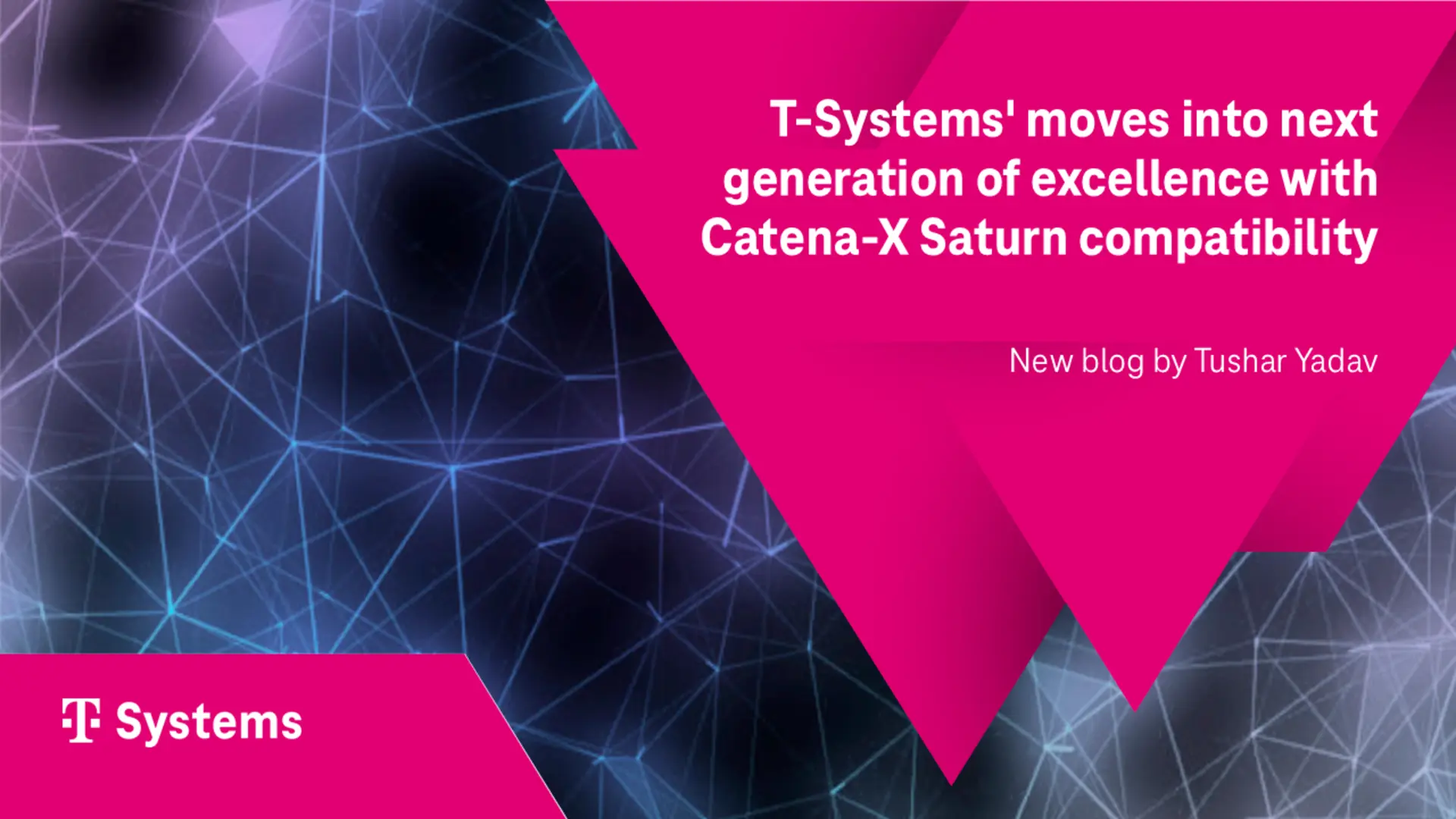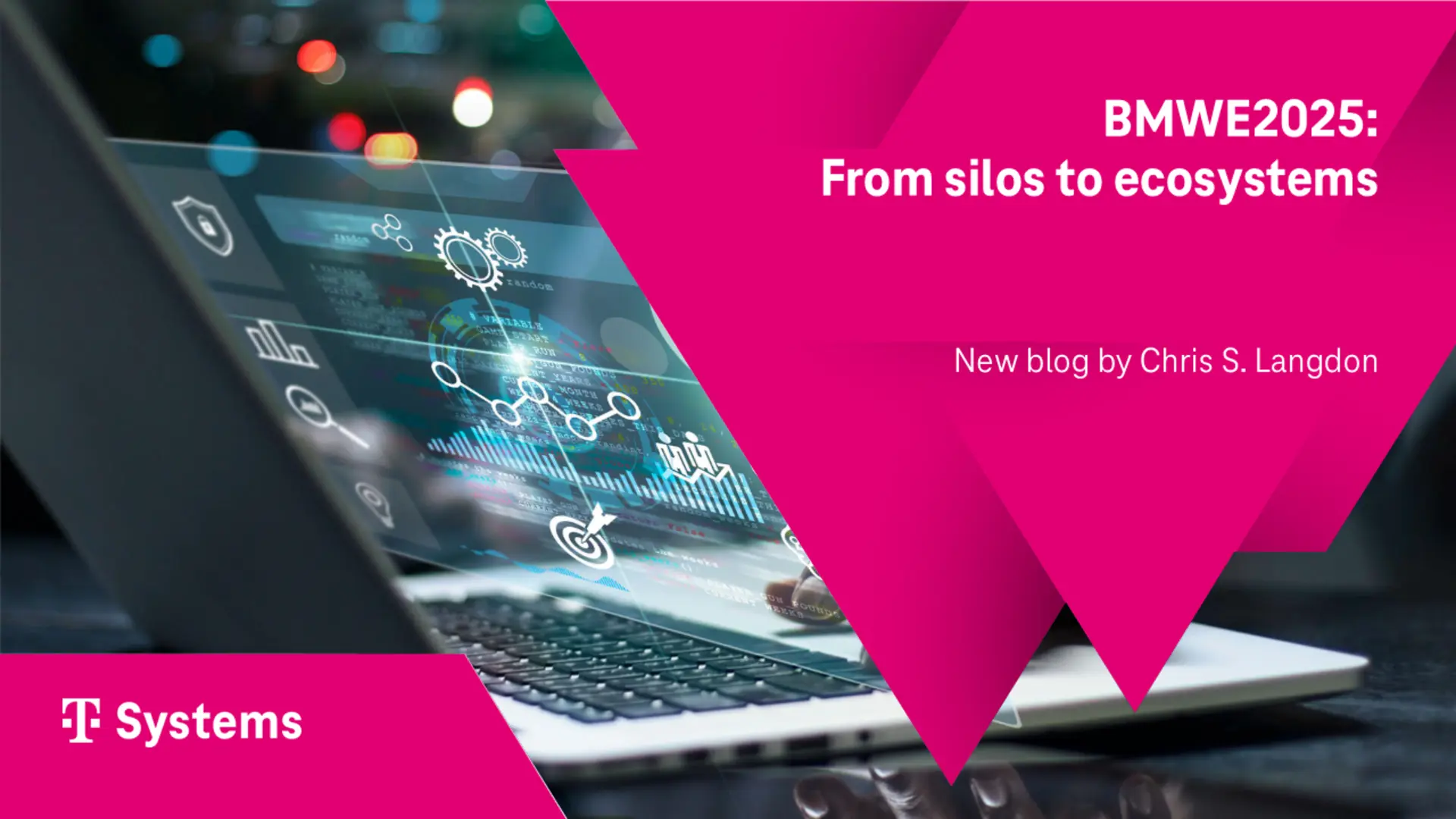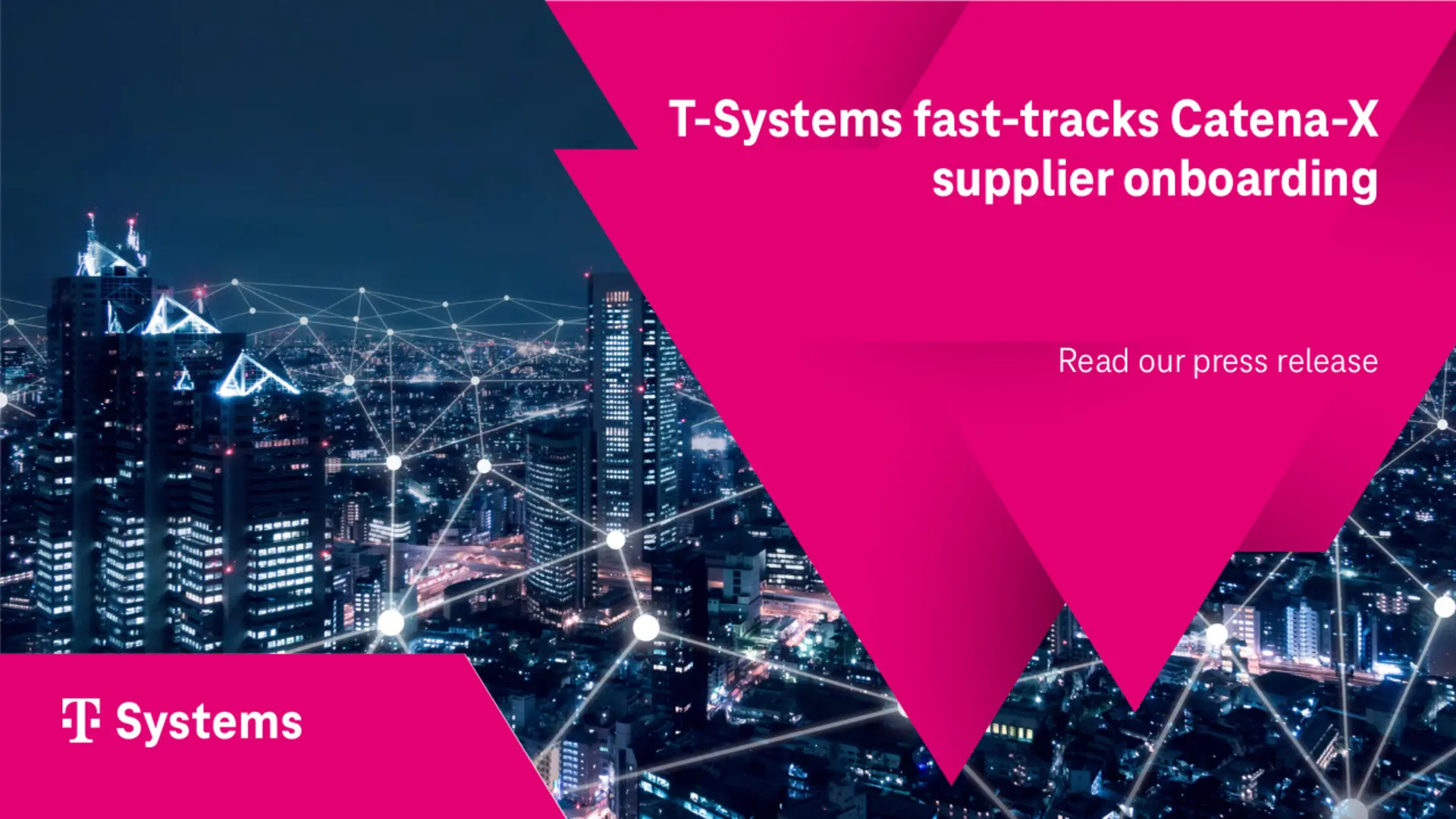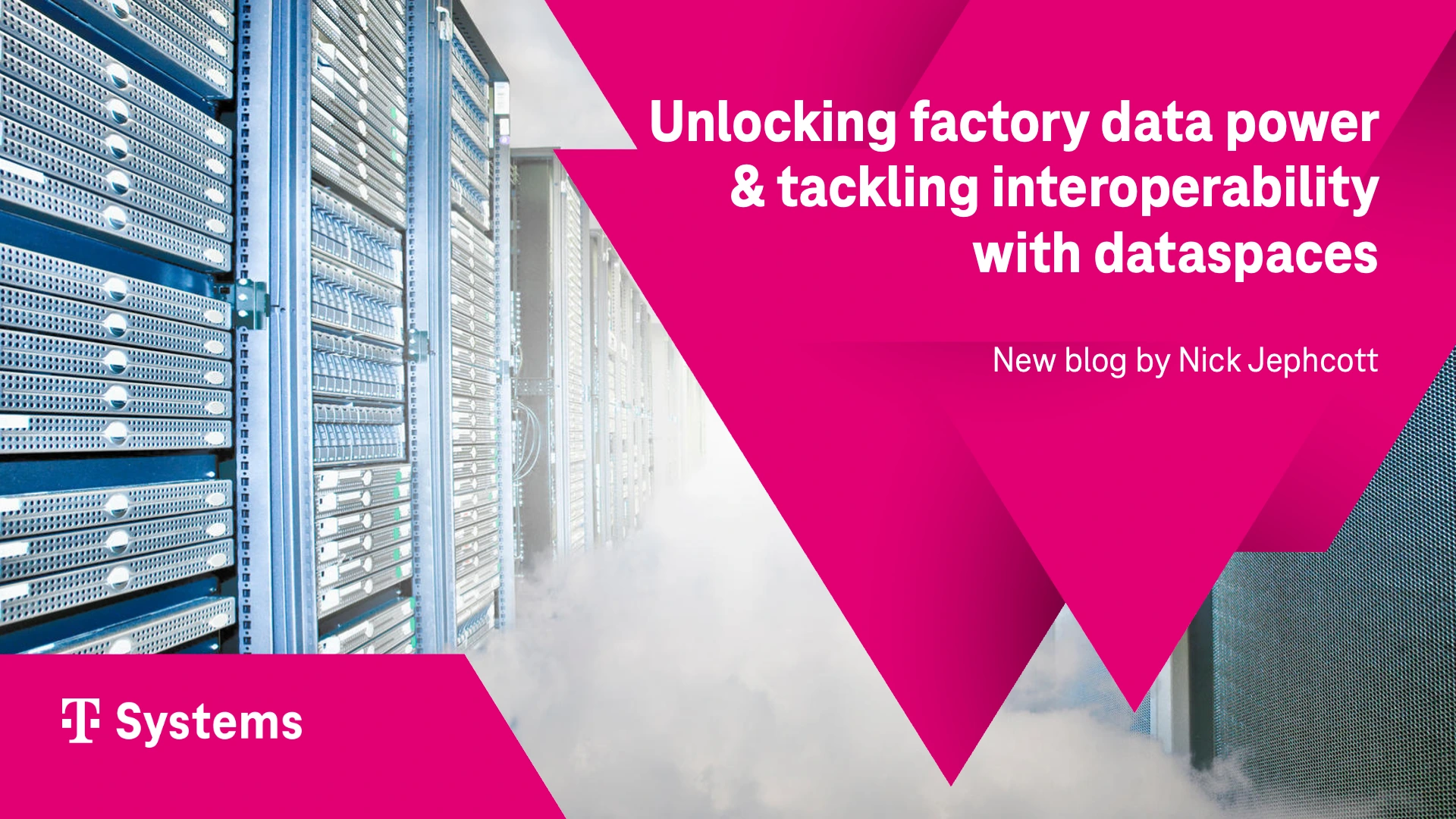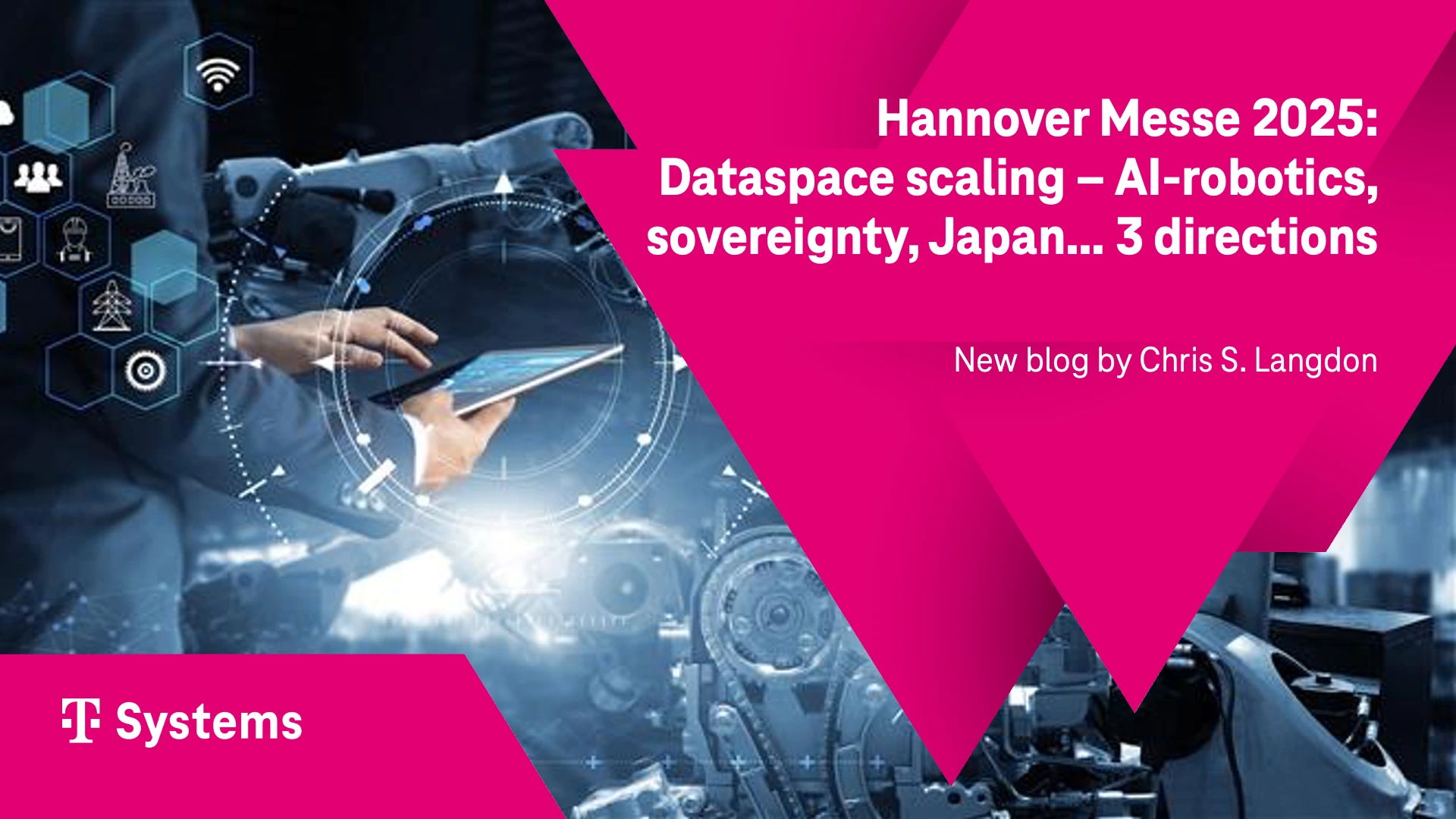At a glance
Building a dataspace and dataspace-based use cases comes with a variety of challenges, ranging from political, economical, technological and legal issues [Drees et al. 2022]. With the rapid evolution of dataspace technologies, it can quickly become difficult to keep up with existing solutions and the latest standards. LivingLab as a managed service from T-Systems tackles precisely this issue and offers a scalable solution for a sandbox software development environment with dataspace capabilities without the complexities of dataspace technologies for the customer.
Figure 1. LivingLab at a glance
Dataspaces and data sovereignty
The German Federal Government’s data strategy describes a dataspace as “a shared, trusted space for transactions with data. A dataspace is based on shared standards (or values, technologies, interfaces), for example, that permit or promote transactions with data.” (German Federal Government, 2021, Read more, link).
Therefore, dataspaces are essential for a sovereign future, enabling secure data exchange and paving the way for new revolutionary business models with better insights.(Take a deep dive in Dataspaces, link) Dataspaces and the associated technology are constantly evolving with improved architecture and standardized principles, this shift forces the market to also stay updated on dataspaces and data ecosystems, and leads to inception of new questions against the concept and implementation, such as, how can I use dataspaces for my use case? Or how do different technologies fit together to gain substantial business value? To help our customers answer these questions and empower them with better understanding, T-Systems provides a step-by-step guide to onboard and begin their dataspace journey.
What is the easiest way to get started?
Ramping up a dataspace without prior experience can be challenging, as the technologies and standards are new and constantly evolving, especially when dataspace technology and business applications are interlinked to create new use case. Acquiring the experience and skills can be costly and time consuming for companies, who are trying to enter the data economy domain, particularly when their focus is, and should be, on their own core business. In order to make strategical decisions on dataspaces, companies and/or users need an effortless way to experiment with dataspace applications and test various use cases before any critical decision can be made.
T-Systems’ dataspace powerhouse, the Telekom Data Intelligence Hub (DIH), addresses this requirement by providing a learner experience in terms of a dataspace sandbox environment, called LivingLab (learn more, link), which is designed to lower the entry barrier for dataspace operations. LivingLab, deployed and managed by Telekom Data Intelligence Hub, comes with a preconfigured, ready to use, out-of-box dataspace environment with certified components. This setup allows an affordable interaction with dataspace technologies, inside a trustful, secure and sovereign environment.
However, the challenge doesn't lie solely in the strategy but also in the monetization or achieving returns from data through apps or use case automation. Successful implementation typically requires app prototyping and experimentation. Our LivingLab addresses this issue by taking the burden of time and effort off app development, enabling developers to focus on creating value rather than grappling with the complexities of a dataspace. Thus, LivingLab serves as an app enabler, simplifying the process and accelerating the journey towards effective dataspace use.
LivingLab is the fast-track to dataspace
LivingLab provides an end-to-end dataspace experience and allows users to deploy and test various use cases or applications within dataspace environment. The architecture of Living lab is conceptually described in 5 layers, Figure 2:
- Data layer
Serves as a persistence layer for customer's data storage inside a database or object storage systems like AWS S3. This ensures that data is consumed by user applications deployed inside the application layer, and that data exchange is performed between connectors inside the dataspace layer.
- Dataspace layer
Contains dataspace components certified by leading dataspace initiatives, including the IDSA, and the GAIA-X. These components together enable a sovereign data exchange by using identity management system like Dynamic Attribute Provisioning Service (DAPS) or Self-Sovereign Identity (SSI), connectors and others.
- Semantic layer
Allows the user to easily manage data model and vocabulary centrally. Users can bring domain-specific semantics which is associated to their applications. That accelerates the use cases development.
- Application layer
Enables developing and deploying value-added applications by leveraging support layer and dataspace layer. By that, users can save the cost and effort to setup and manage infrastructure on their side.
- Support layer
Provides several tools that help developing, deploying and testing own applications. This includes an Identity Provider, Application and Configuration Management tools, as well as Logging and Monitoring stack. With these, you can be sure that the use case applications you build are performant, robust, scalable and dataspace-compatible.
After the LivingLab initial setup, users should become familiar with dataspaces (not the issue) and test different actions (publish data asset, usage policies, data transfer scenarios, interaction between components, etc.), as well as deploy their applications. Being a resettable sandbox environment, LivingLab allows users to test various configurations and scenarios without worrying about breaking the system.
Figure 2: The concept and components of the LivingLab
Why is LivingLab beneficial to the customer:
The architecture of Livinglab is designed in a user centric way, as described above. It aims to provide the following functional capabilities to users:
- Work in trustful environment (IDSA Certification & Gaia-X compliance)
- Learn (not issue) dataspace operations like create data offers, policy configuration, negotiate data contracts, partner onboarding etc.
- Exchange data via connectors (peer-to-peer)
- Deploy own application inside a dataspace environment
- Manage easily through web-based user interface
The ultimate goals of organizations are to overcome the challenges of data privacy, security, and sovereignty, and foster innovation and business growth. With its architecture design and managed services delivery, Livinglab is paving the path towards these goals, and results in several benefits for users, including:
- Low-cost entry to dataspaces
- An environment allowing the creation of ideas and technical concepts
- Rapid development & testing of own application in dataspace setup
- Tools for reliable application monitoring & environment resetting
- Easily scale and migrate to data space mesh [Drees et al. 2022]
T-Systems as leading dataspace pioneers
Technology is evolving with more emerging regulations, sustainability priorities and digital transformation. It is vital to gain substantial experience in order to utilize better opportunities.
- In Catena-X, a project funded by the Federal Ministry for Economic Affairs and Climate Action (BMWK), the DIH team has just started to implement an end-to-end data exchange for all participants in the automotive value chain. This ambitious project is being implemented together with 28 partners, including leading automotive companies such as BMW, Mercedes, VW and technology experts such as SAP and Deutsche Telekom. (link)
- A solid foundation for dataspaces is being developed with the GAIA-X 4 Artificial Intelligence funding project. Concepts for high-performance dataspaces are being implemented, and the necessary data services are being developed. (link)
- GAIA-X 4 Advanced Mobility Services, a funding project also sponsored by BMWK aims for developing a transparent, digital data ecosystem, with the focus on creating approaches for solving the operational challenges of dataspaces. Operating concepts and user-friendly data control centers are being developed. As consortium leader the DIH team is responsible for the successful overall project performance/development. (link)
- The National Platform Future of Mobility funding project by the German Federal Government has already successfully implemented a dataspace to demonstrate cross-cutting, intermodal mobility concepts. (link)
What do all those funding activities have in common? The DIH plays a leading role in their implementation and shows their expertise in the dataspace domain across diverse business verticals. These diverse tasks and inputs make the DIH a strong pioneer for rapidly growing in the dataspace market and gain a lot of experience in the dataspace domain. That helps us to guide the customer on their journey towards sovereign data exchange through dataspaces. (Read more, link)
References
German Federal Government, Data Strategy, p. 109, 2021, link
Loeffler, S. 2021. DIH – A pioneer for data spaces. Blog (2021-10-12), Deutsche Telekom Data Intelligence Hub Journal, Bonn, link
Schlueter Langdon, C. 2021. Data space, sovereignty, supermarket: IT Director interview with Prof. Chris S. Langdon. Blog (2021-08-25), link
Drees, H. Pretzsch, S., Heinke, B., Wang, D., Schlueter Langdon, C. 2022. Data space mesh: Interoperability of Mobility Data Space, link







